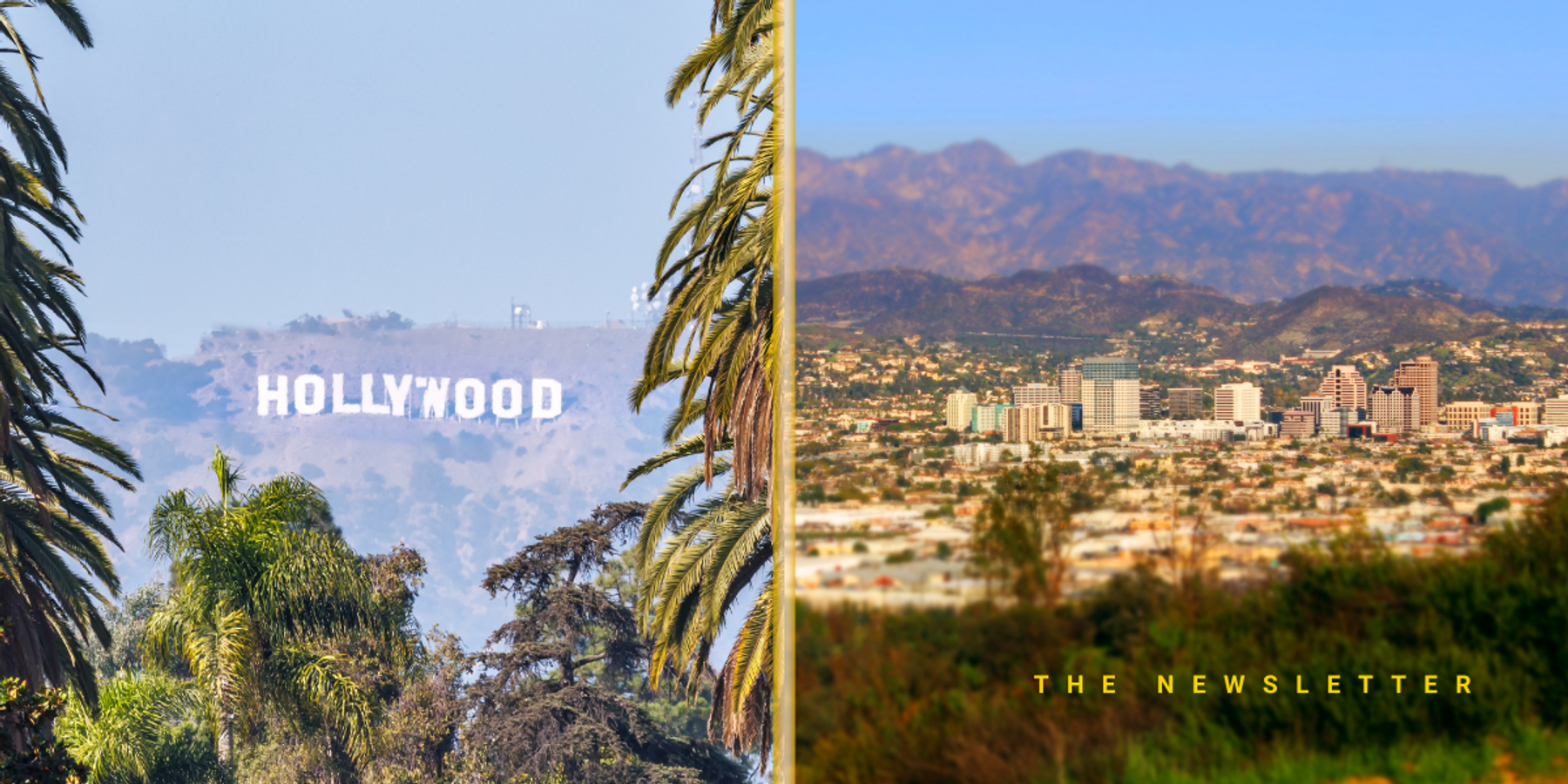Amazon’s New Virtual Production Studio in Culver City Combines Web Services With Hollywood

As the new owners of a 34,000-square-foot virtual production stage in Culver City, it was only a matter of time before Amazon discovered how to marry Web Services and emerging virtual production tech with the Hollywood system. The result is their newly announced Amazon Studios Virtual Production team—a group of around 20 creatives and engineers who will oversee and run production for the largest LED wall stage in the United States. Consisting of 3,000 LED panels (measuring 80 feet in diameter and clocking in at almost two and a half stories tall), along with 100 motion capture cameras, the wall offers performers and crew a three-dimensional environment in which to interact during filming.
Amazon’s volume wall is similar to the technology employed by Disney Plus during the making of their Star Wars television series, "The Mandalorian"; technology that creator and executive producer Jon Favreau said in a behind-the-scenes look at the virtual production equipment used to create the show inspired a new approach to filmmaking.
“We started to realize, let’s not just do green screen interactive light,” he said. “If we’re going to design the whole set in Game Engine ahead of time, maybe we can have some in-camera effects.”
Stage 15’s unveiling represents the next evolution in Amazon’s plan to establish itself as a dominant player in the content creation and entertainment market. Designed with the intention of saving studios money, the new stage—formerly used to create such classics as "It’s a Wonderful Life" and "RoboCop"—enables filmmakers to significantly reduce their reliance on shooting on location.
The question now is, at a time when the company’s budgetary concerns are still mounting, how will Stage 15 affect the studio’s plans for big ticket productions like "The Lord of the Rings: The Rings of Power"?
When "The Rings of Power" premiered on the platform in September of 2022, it was the most-watched streaming program for that week. An impressive statistic until you consider that the studio paid $1 billion to make the show’s first season—the most expensive single season in TV history. More importantly, at a time when studios are increasingly forced to answer for the environmental impact of their productions, "The Rings of Power" managed to generate roughly 31,717,906 pounds of carbon dioxide during production of its first season alone.
To put this context, one season of "The Rings of Power" is equivalent to between three and four films, and the amount of carbon dioxide the show generates equates to five times what the British Film Commission believes “an average “tentpole”, or blockbuster, film would produce.” Though "The Rings of Power" established a sustainability team, which has implemented a variety of initiatives intended to combat some of the high emissions and waste the production creates, in a leaked memo someone on the sustainability team told The Guardian, “Every single person we spoke to is concerned about the environmental impact.”
In response to The Guardian’s report, Amazon said sustainability practices for the first season of the show “either met or exceeded industry standards, even during the height of the pandemic.” And that “the production made every effort to be a good corporate citizen and was compliant with New Zealand environmental laws and regulations.”
But "Rings of Power" is far from the first production to be accused of causing excessive ecological destruction. In 2013, environmentalists accused the producers of "Mad Max: Fury Road" of damaging the world’s oldest desert (located in Namibia) and endangering the area’s lizards and rare plants. Two years later, the filmmakers behind "Pirates of the Caribbean: Dead Men Tell No Tales" were accused of allowing toxic waste to overflow into an Australian creek during filming. All of which is to say, no matter how hard producers try to control and protect the natural environments in which they’re choosing to shoot, the fact remains that there are no shortage of examples of filmmakers creating new or aggravating already-existing ecological issues in the process of creating their content.
It’s worth considering then, now that Stage 15 is operational, if premium series like "The Rings of Power" might be better suited by relocating production to virtual studio spaces even as Season 2 of the show started filming on location in the U.K. back in October—an area chosen because Amazon is reportedly looking to save money and establish a “multishow hub” in the area.
In the month since The Guardian report was published, it has caused some upset amongst fans, with one Redditor commenting that they were “seriously disappointed but not surprised…I know it's normal for the industry but they should do better.” Viewers seem to grasp the disconnect between spending millions of dollars to create an idyllic on-camera environment, while simultaneously destroying the real life environment that sustains us. One Redditor wrote that with $1 billion, “you ought to be able to shoot entirely inside a studio and manufacture any background scenery you wish.”
Not to mention that in spite of what purists might believe, most fans don’t seem upset by the choice to move filming on Season 2 to another continent. And if they’re open to shooting in the U.K. they might also be open to the idea of shooting in a venue like Stage 15. As one viewer theorized on Reddit, it’s possible that the production’s focus on casting representation—a source of both conversation and contention amongst fans this season—might have eclipsed the attention paid to the environment.
Almost 100 years after the establishment of Hollywood’s Golden Era, it’s time to revisit what a studio system can look like—and how virtual production studios can help elevate our filmmaking process. The consequences of failing to do so, are simply too profound to ignore.
- LA Clippers Launch Dedicated 'ClipperVision' Streaming Service ›
- Netflix’s Trivia Show Experiment Is Part of Its New Frontier: Video Games ›
- Is 2023 the Year of a Hollywood Writers' Strike? - dot.LA ›





 Image Source: Perelel
Image Source: Perelel